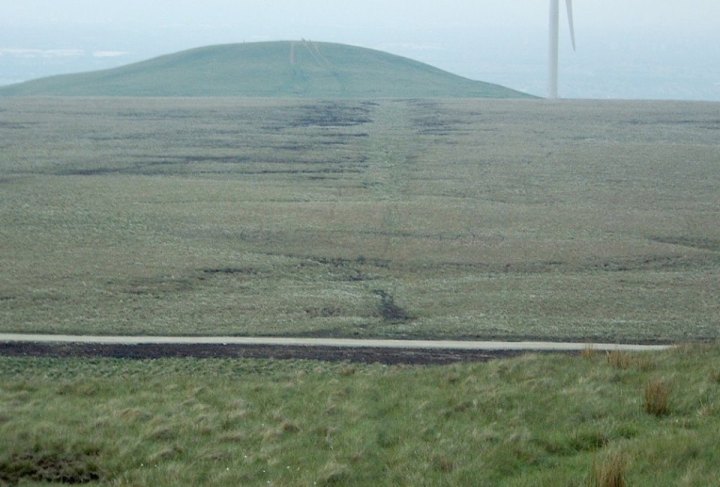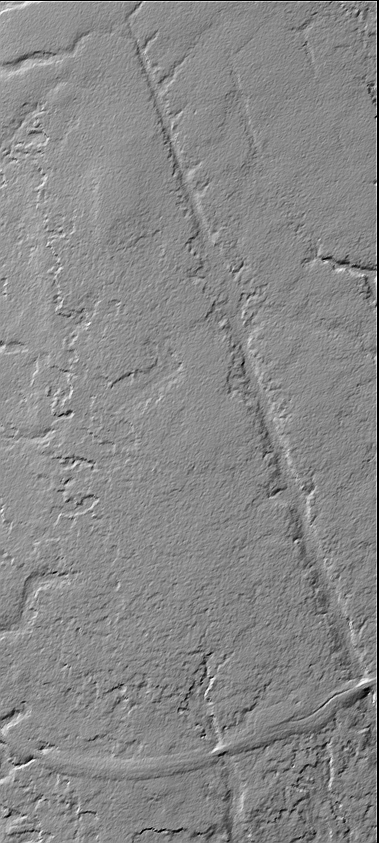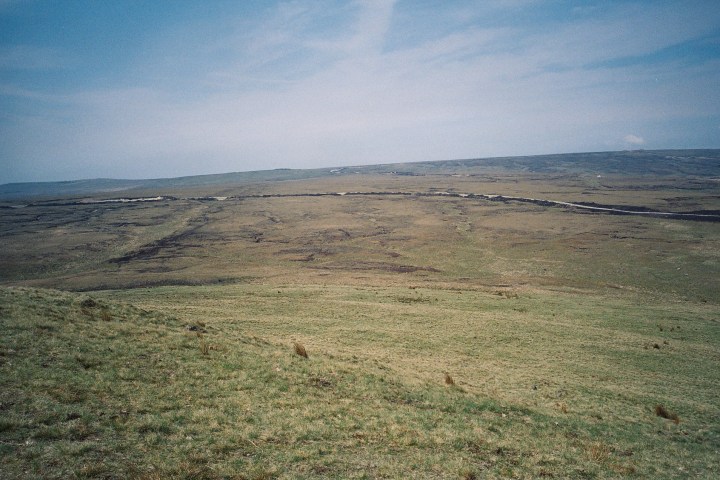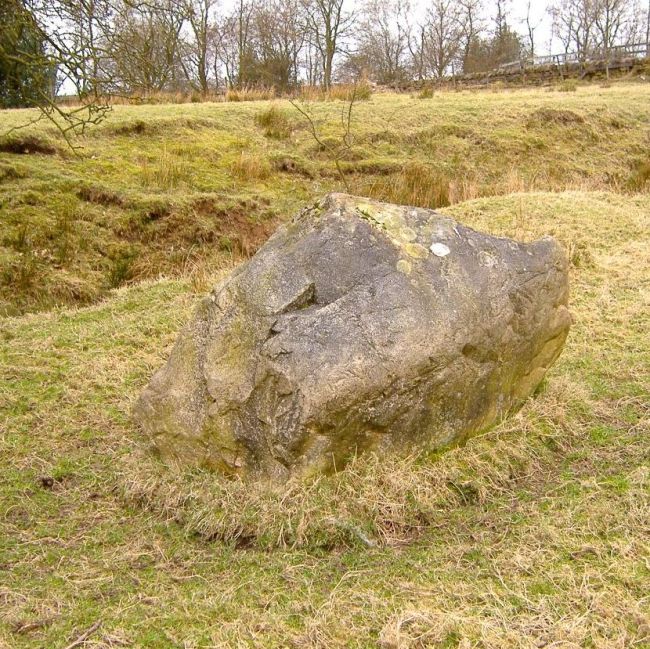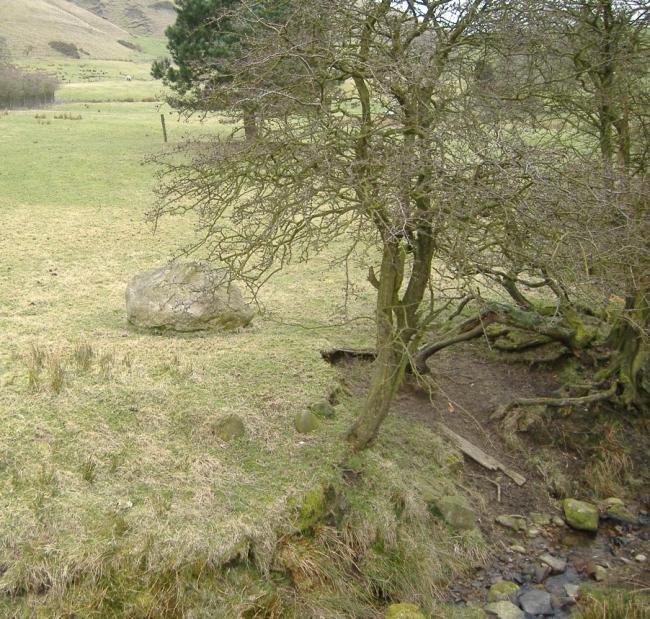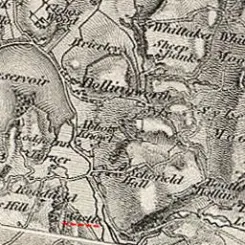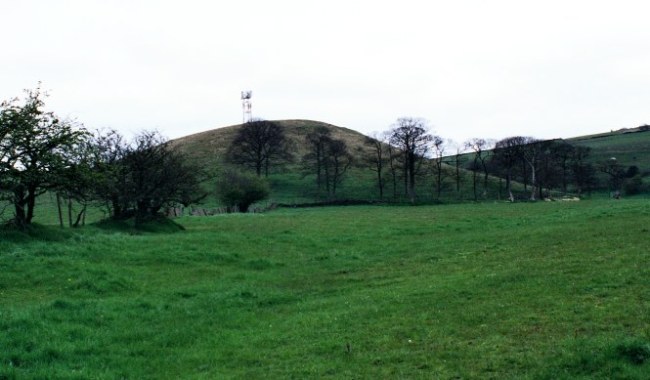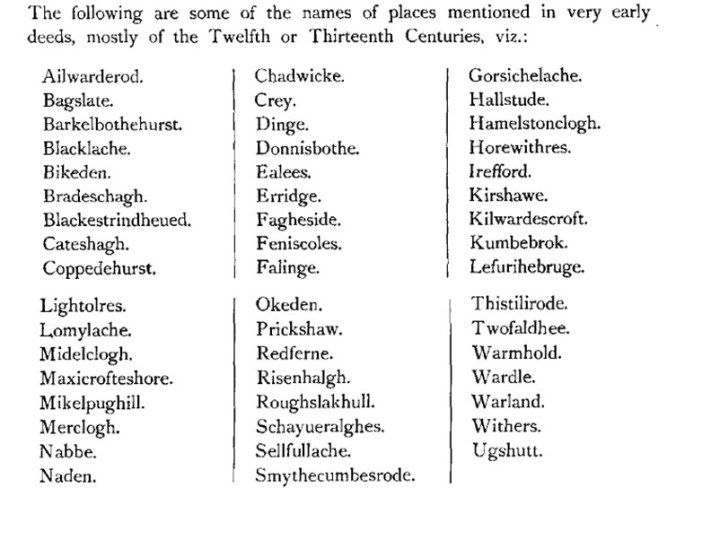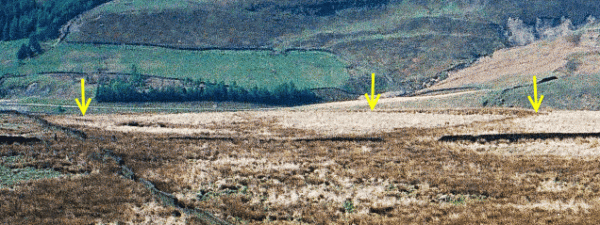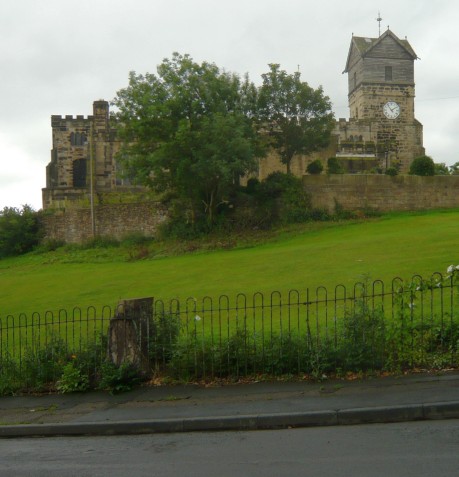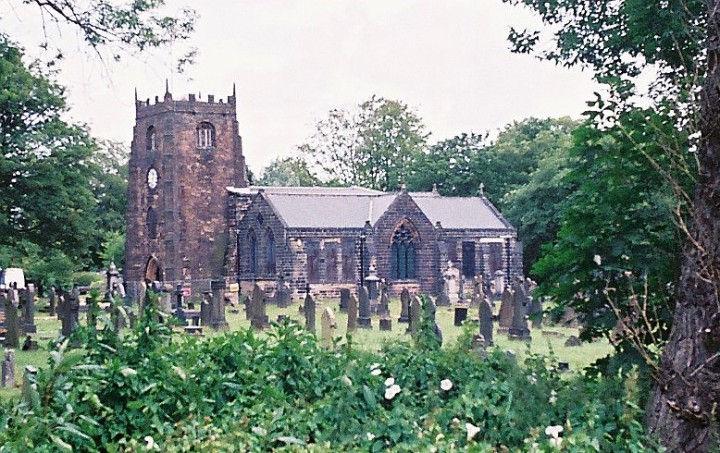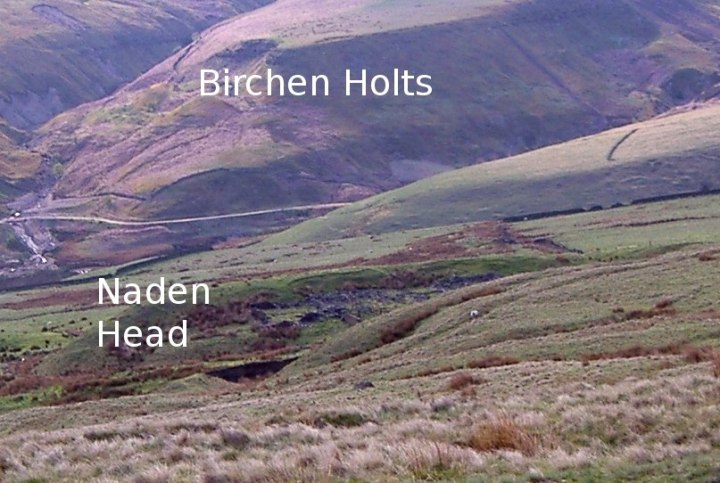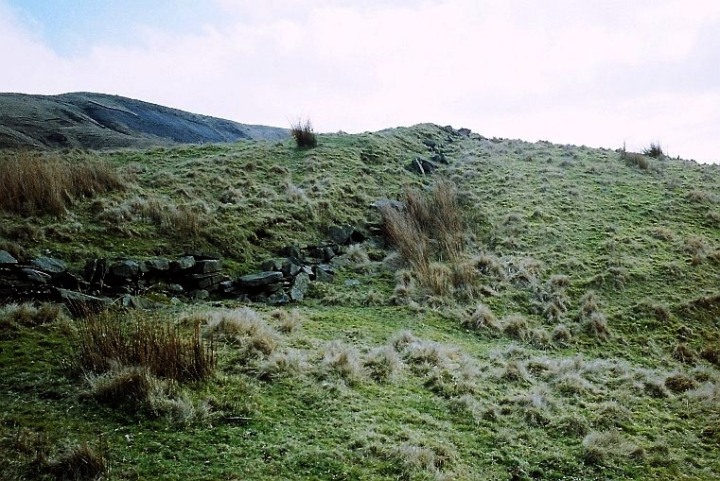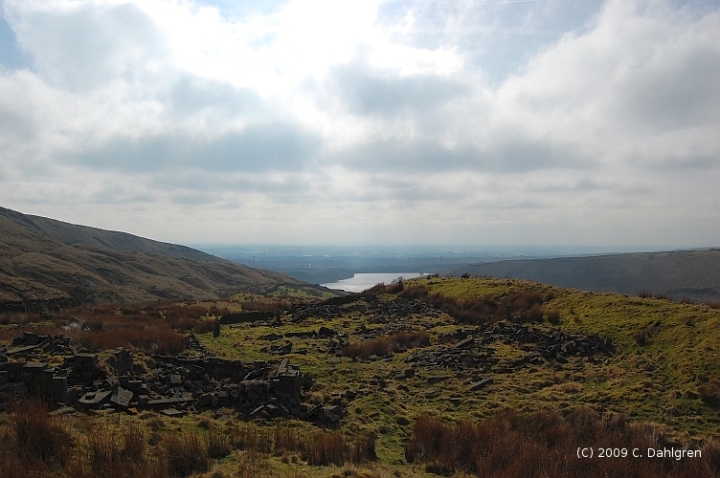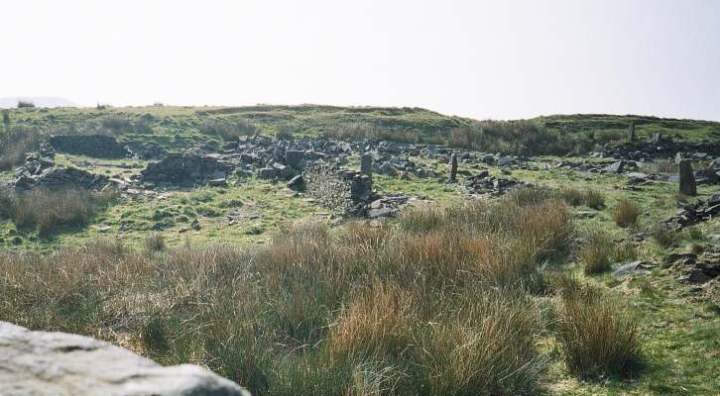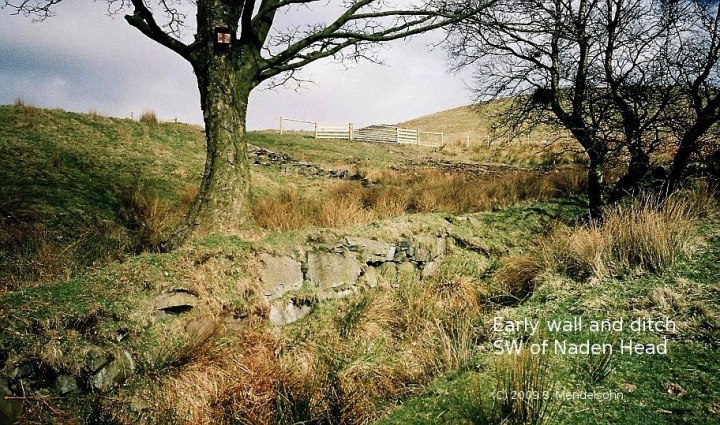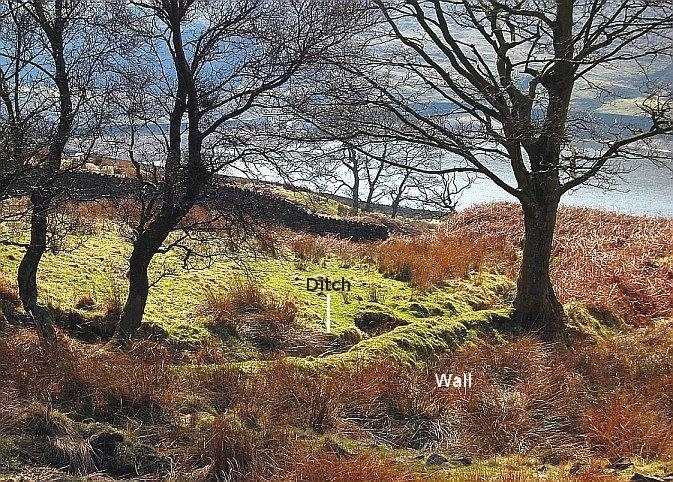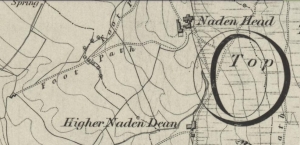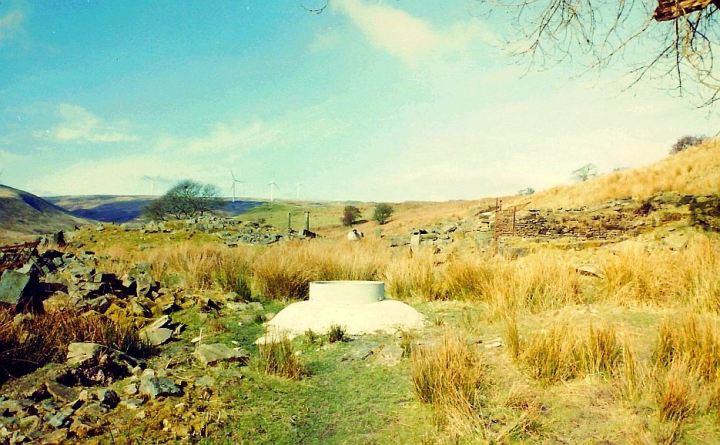Introduction – Under Construction…
This post will briefly cover the historical background to the area, (including the Forest of Rossendale) to better understand the context of the many archaeological sites in and around Scout Moor.
Exciting Discoveries
There are some exciting newly discovered sites to reveal. As in the case of the adjacent Rooley Moor, the area has never had a thorough archaeological survey, perhaps that is an understatement.
See for Yourself (from the comfort of your browser)
Select one of the links below to see sites of Farmsteads Fecit Lane and Coal Road: (centered on SD 81852 17717).
http://www.aardvarkmap.net/map/7F5LDXBI
To the North of these on Higher Hill (This site is not on any OS maps as far as I know).
http://www.aardvarkmap.net/map/BWM90AKQ
The feature is best viewed with Microsoft Bing Maps birds eye view.
See the sites in Fecit Lane and Coal Rd. as they were in 1851 (surveyed 1844 to 1848) on and old OS map of Lancashire LXXX.
http://maps.nls.uk/view/102344003
Ouch
Wind farm road cuts ancient ditch called Man Road Ditch, of unknown date or purpose.
Before the wind farm
http://www.aardvarkmap.net/mape/7B8ZE88Y
Medieval and other documentation for this area
The extensive body of medieval documentation for the area has been largely ignored by archaeological surveys of the area. This has been covered here.
Missed Sites
Some of the sites archaeological surveys of the adjacent areas have missed include:
- A ruined medieval manor house (Naden Head) complete with earthworks and early wall
- Several prehistoric burial sites, including a prominent site on Hunger Hill (see the picture at the beginning of this blog.)
- Prehistoric Fields on Rooley Moor
- Several early farmsteads, such as Birchen Holts
Cowpe
There was a vaccary (medieval cattle ranch) somewhere in Cowpe, location not yet verified.
Scout Moor lies mostly in what was the NW of Spotland, a township in the parish of Rochdale, and in what was Bury Parish.
Note
These are the historical areas (which were all in Lancashire), modern boundaries are very different; with the area now divided between Greater Manchester and Lancashire (Rossendale district).
References
Lancashire Forests and the Forest of Rossendale
Newbiggin – History of the Forrest of Rossendale
Medieval Forests – The Lancashire Antiquarian
Springhill website
Aerial Photographs
Google Maps
Lancashire’s Mario map site
Microsoft Bing maps
HER (Historic Environment Record)
Greater Manchester HER
Terminology
Forum on Information Standards in Heritage (FISH) Thesauri
Under Construction…!
